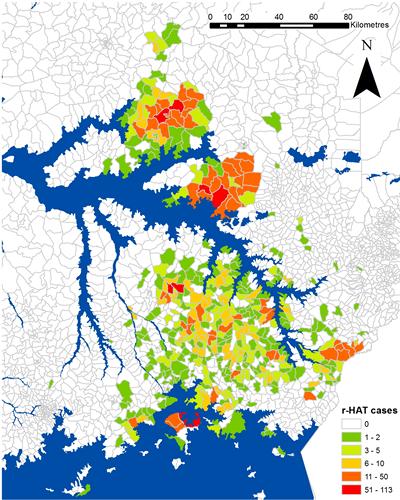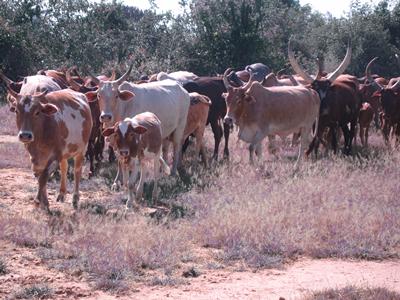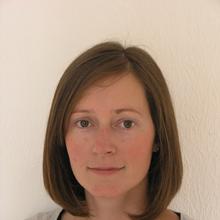Playing a key role in the battle to eliminate Rhodesian sleeping sickness

Geography and Environment at the University of Southampton is helping play a significant role in the World Health Organisation’s (WHO) bid to eliminate one of the major diseases of mankind.
Rhodesian Human African trypanosomiasis (r-HAT), also known as sleeping sickness, is a fatal parasitic disease that occurs in sub-Saharan Africa. It is transmitted by tsetse flies and can prove fatal within six months.
Recently the WHO issued a declaration to eliminate the disease by 2020 and has invited Dr Nicola Wardrop, a Senior Research Fellow in Geography and Environment, to sit on its stakeholder panel.
Nicola was asked to become involved in the panel to share her research into the disease in Uganda. Her research focuses on the spatial distribution of Rhodesian sleeping sickness in Uganda, exploring the reasons for the spread and the environmental factors driving the spatial distribution of the disease.
She said: “I’m very excited to be involved in this important step for sleeping sickness control. Ultimately I aim to provide information that can help to support and improve disease control programmes and there is no better way to do this than via direct involvement with an international elimination campaign.
“There are two forms of sleeping sickness – Gambian and Rhodesian. The diagnostics particularly for Rhodesian sleeping sickness are tricky, and although there are treatments available they are difficult, time-consuming and some are pretty toxic.
“Environmental factors are very important for the transmission of this disease as the tsetse fly has quite specific habitat requirements and is susceptible to climatic factors. We can use this to our advantage by providing information on where the disease is a problem or where it may become a problem in the future, enabling targeted control efforts and more efficient use of scarce resources,” she added.
Sleeping sickness was brought close to elimination in the 1960s but the disease surged again significantly by the end of the 20th century. Over the past decade the joint efforts of countries, the WHO and partners has seen the incidence of sleeping sickness reduced by more than 90 per cent.
As part of her new role Nicola will be conducting further research looking at the spatial distributions of the disease in humans and livestock in Uganda (cattle act as the main source of infection to humans). She will also be exploring the distribution of the tsetse fly.

“I hope to establish a better understanding of how the distributions of all these elements are correlated with one another, and in particular, to identify the types of environment where spill over from livestock hosts into humans is more likely. I will be working closely with a large control programme in Uganda to allow my research findings to feed directly into ongoing control,” said Nicola.

The WHO declaration pledges to advance the fight against the disease by accelerating biomedical research, expanding the scientific knowledge base, implementing cost-effective vector control, improving diagnosis and clinical care, and enhancing the efficacy of medical and veterinary public health measures for the control and monitoring of the disease.
It highlights the importance in endemic countries that national coordination bodies are established involving organisations in human and animal health, wildlife and tourism to synergise their efforts.
Discover more about the WHO declaration.
Data source for map showing cases of rHAT in south east Uganda, WHO http://www.who.int/trypanosomiasis_african/country/foci_AFRO/en/
